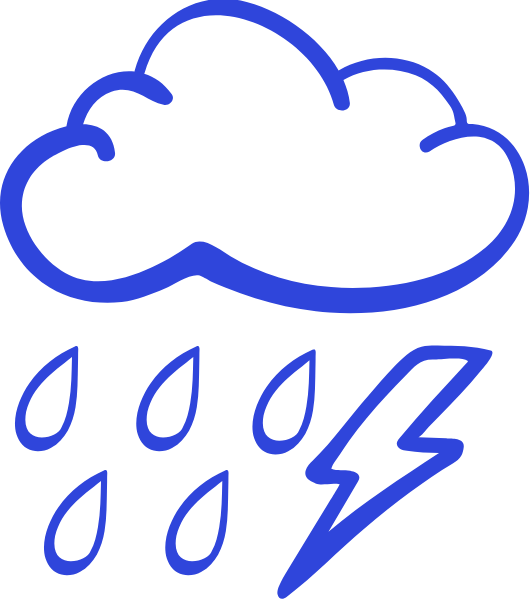Why and what we need to know?
During the rain and snow storms, water or snow melt runoff does not infiltrate immediately in developed areas due to impervious surfaces such as paved streets, road, parking lots and buildings. As a result, stormwater and snow melt surface runoff rate will increase along with volume and pollutants.
Stormwater runoff picks up pollutants like trash, chemicals, oils, dirt or sediment, and industrial pollutants and discharges them directly into nearby water bodies.
The US Clean Water Act (CWA’s) Section 402(p) requires that operators of “discharges associated with industrial activity” obtain a National Pollutant Discharge Elimination System (NPDES) permit. To regulate stormwater discharges from these industrial activities, US Environmental Protection Agency (EPA) and authorized States issue NPDES general permit.
To be covered under a general permit, an eligible operator of an industry must develop a Stromwatert Pollution Prevention Plan (SWPPP).
The US EPA’s regulations (40 CFR) requires the following categories of industrial activity to obtain NPDES permit for stormwater discharges:
- Category One: Facilities subject to federal stormwater effluent discharges standards in 40 CFR Parts 405-471;
- Category Two: Heavy manufacturing (e.g., paper mills, chemical plants, petroleum refineries, and steel mills and foundries);
- Category Three: Coal and mineral mining and oil and gas exploration and processing;
- Category Four: Hazardous waste treatment, storage, or disposal facilities;
- Category Five: Landfills, land application sites, and open dumps with industrial wastes;
- Category Six: Metal scrapyards, salvage yards, automobile junkyards, and battery reclaimers;
- Category Seven: Steam electric power generating plants;
- Category Eight: Transportation facilities that have vehicle maintenance, equipment cleaning, or airport deicing operations;
- Category Nine: Treatment works treating domestic sewage with a design flow of 1 million gallons a day or more; and
- Category Eleven: Light manufacturing (e.g., food processing, printing and publishing, electronic and other electrical equipment manufacturing, and public warehousing and storage).
